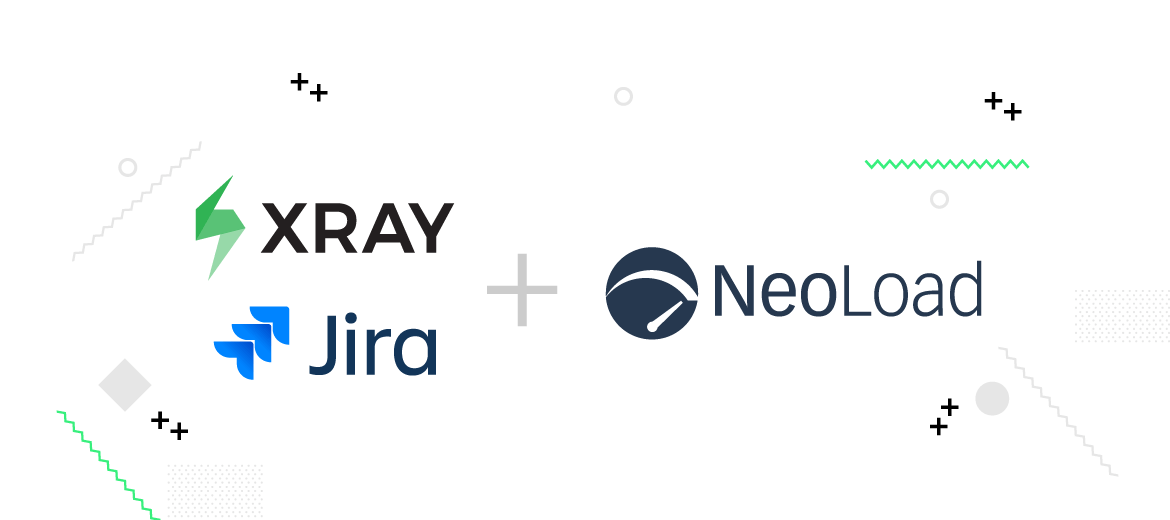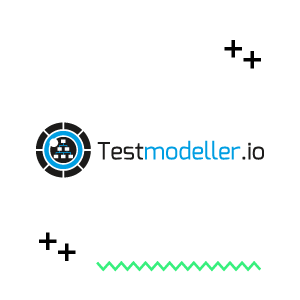Performance testing has become increasingly distributed, as teams do more testing at each stage of the software development life cycle. While the business benefits of performance testing are undeniable, like finding defects earlier when it’s easier and less expensive to fix them — it makes managing all your tests more challenging.
The Xray-NeoLoad integration simplifies the complexity of planning, executing, reporting and tracking results of load and performance tests in Jira as a single source of truth.
The main benefits of the integration
- Use Jira and Xray as the single source-of-truth for all testing results, including load testing
- Assess impact of performance & load tests on non-functional requirements in Jira
- Easily track SLAs in Jira using traditional test results semantics
- Create and track performance/load testing on sprint assignable Test Plans in Jira
- Create defects and/or improvements and link them to recorded results
The challenge of performance testing
Over the past ten years the way we build software has significantly changed. Project leaders responsible for the business features of applications now work with multiple autonomous teams at every stage of development: from creating user stories, to developing the programs, to executing component-level and integration tests, and handling the process to automate building and deploying their stack.
Every stage of the life cycle has its own validation mechanism to cover the right risks with the right tests. In a distributed environment, where each team participates in the validation process, the product owner is challenged to collect the progress and the status of the various testing activities.
Why is performance testing important?
Performance can no longer be divorced from the software development life cycle: it needs to be connected to allow every project leader to track and monitor the performance of the application.
The status and progress of tests needs to be accessible and visible for each stakeholder of the organization. It’s crucial to synchronize/integrate every testing activity from the various tools.
The goal of performance testing aims to address “How the product behaves with load, in terms of responsiveness and reliability, how well it scales and what are the bottlenecks.”
With this in mind, teams need to consider performance testing from the start, to make sure bottlenecks are identified and addressed immediately, as would happen if you find a critical functional bug.
But with everybody usually using their own preferred solution for testing, it’s important to publish and report the various metrics and status of tests from all these tools in one place.
Jira has become an almost de facto standard for tracking defects, testing activities and test results. Reporting and sharing test results has often been a manual task done by performance engineers, but today teams expect to have an automated process that synchronizes the various performance tests into Jira.
The solution – integration between Xray and NeoLoad
NeoLoad, the world’s most automated performance testing platform, is designed to help today’s software teams and IT professionals ensure system reliability and scalability. Xray is a cutting-edge test management app that uses Jira native issue-types so users can plan, organize and execute all of their testing activities from Jira.
The integration between NeoLoad and Xray synchronizes all individual performance tests into Jira. This integration provides the ability to track performance and load testing results in Xray, thus making it the single source of truth for tracking different testing efforts.
With teams using Jira manage their projects on a daily basis to, it’s important to have visibility of performance testing right there, in order to evaluate how performance impacts the release.
How it works
Each performance test is reported to a Test Plan. The integration automatically creates the test case and test requirements if they do not already exist in Jira. Also, the integration also automatically synchronizes any test executed through:
- NeoLoad GUI
- NeoLoad Web UI
- Any automated pipeline featuring a NeoLoad test
The integration between Xray and NeoLoad provides:
- Integration with both Xray on Jira Server/Datacenter or Cloud
- Chart with an overview of the testing session
- Global statistics of the test
- Link to NeoLoad Web, for more in-depth results about the testing session
- Automatic provisioning of the test scenario
- Overall test results and per SLA results
- From the NeoLoad side, the ability to:
- Identify the project, its version and the revision of the system under test infrastructure (SITU)
- Link a scenario to an existing “requirement” in Jira/Xray
- Add labels to test entity that is used to abstract the scenario
- Identify the target environment (i.e., Test Environment)
- Link results back to an existing Test Plan in Xray
Centralized results for all your performance testing
With this integration, you can say goodbye to siloed operations and performance testing. When your performance testing is centralized within your test management tool and the connection with Jira is seamless, you have full blown visibility to plan, execute, track and reporting results from load and performance tests.
About NeoLoad and Neotys
Founded in 2005, Neotys created its flagship product, NeoLoad. NeoLoad is a continuous performance testing platform for Enterprise organizations who wish to standardize their performance engineering approach. Ensure system reliability and scalability much faster and easier than legacy performance tools.
Through proven, time-saving capabilities such as automatic script maintenance, conversion with an automated testing solution (Selenium, Tosca, etc.), and one-click dashboard accessibility, organizations are now able to automate, provide full visibility, and easily share critical system performance insights with key stakeholders across Dev, Test, and Ops.
Learn more about the Xray-NeoLoad integration.





